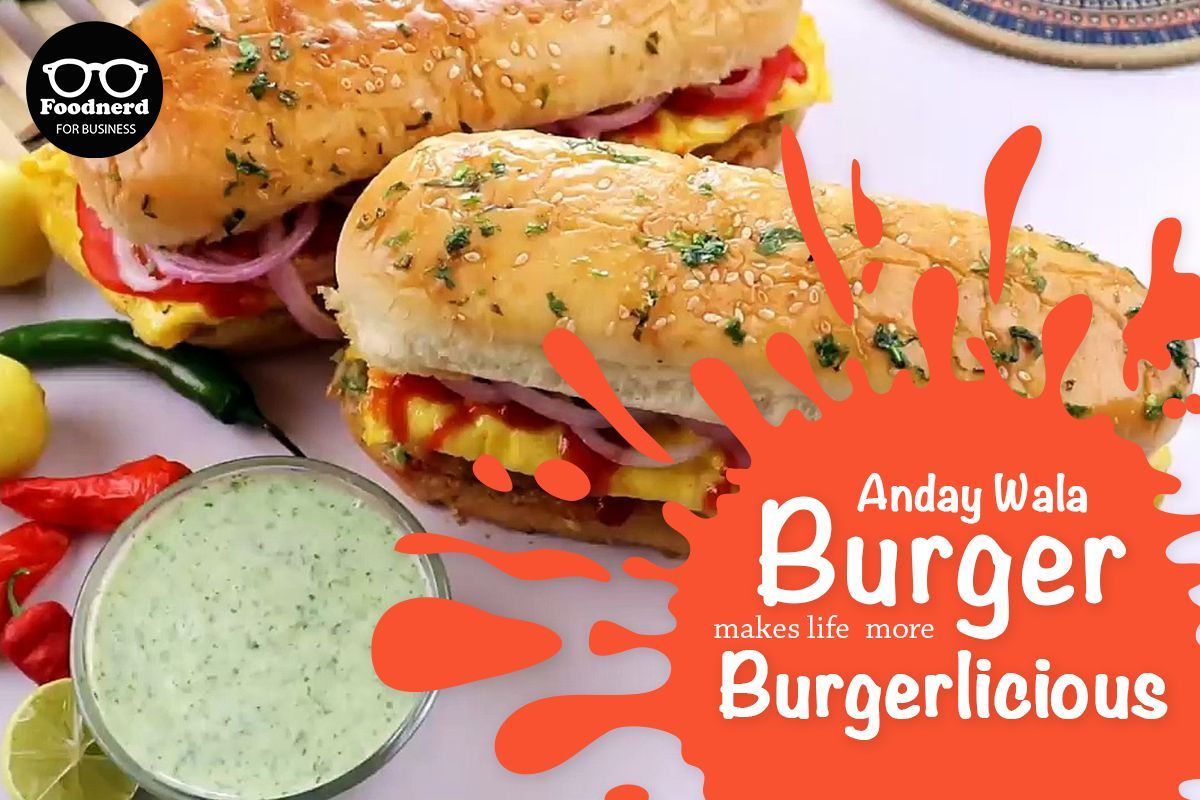The corona virus pandemic has affected the restaurant industry like no other. For months, restaurants weren’t allowed to operate dine-in operations and now that they finally have the permission to do so, they need to follow many SOPS. They’ve also had to reduce touch points, maintain a proper distance between tables, follow all the hygiene protocols, etc. During these challenging times, many restaurants had to shut down. The ones who continued functioning used digital solutions to assist them. Special menus had to be developed to cater to the new operating dynamics, and therefore POSs’ with restaurant menu management software came in very handy.
Speaking of menu, it should be mentioned that a restaurant menu card is one of the biggest agents to spread germs, virus and bacteria. It is touched by hundreds of people every day and ensuring that these cards are clean is impossible. So, once again, it’s time to bow down to technology. During these challenging times, it is imperative that companies start using digital menus. It’ll not only be useful in safeguarding the customers against COVID-19 but also provide them with a unique, fulfilling and wholesome experience.
How are Traditional and Digital Menus Different?
Traditional menus are basically printed lists of the dishes you offer at your restaurant. But, the downside of using them is that you cannot update them after they’ve been printed out and keeping them clean and tidy is extremely hard. These menu cards pose the danger of being the catalyst in transmitting bacteria from one person to another. They also have an average shelf life of just six months on average. Plus, any changes in your menu require to be made one by one on all the menu cards and manually.
Digital menus, on the other hand, are safe and efficient. They pose zero threat of transmitting virus or bacteria through contact as the QR code of the digital menu is scanned on every person’s phone separately. They can be updated in real-time and saves a considerable amount of money on printing!
Advantages of Using Digital Menus:
1. No Contact: The dinners can scan the QR code present on their table through their own devices. They don’t have to touch a menu card that has been touched by hundreds of others.
2. Real-time Updates: You’ve probably seen manual, handwritten changes on menu cards. It’s annoying for customers to see a dish they like on the menu being cut off with a pen/pencil. To save them from this disappointment, just use a digital menu that can be updated in real-time without having to print out a new copy.
3.No Manual Intervention: Your orders can be sent directly to the kitchen staff.
Why Should Your Digital Menu be Integrated with a POS?
You want to provide your customers with a seamless experience at your restaurant. This can only happen when your digital solutions interact with one another effectively. For smooth operations, your digital menu should be integrated with the restaurant’s back-end POS system. The orders that guest place through digital menu should be sent directly to the kitchen pOS and require no manual interference. And the changes that the back office makes in the menu through their POS portal should be updated in real-time.
Conclusion:
These are challenging times for restaurants as convincing customers to start dining in again is hard. Offering contact-less ordering service is a great encouragement that has the potential to attract a lot of customers back to the restaurants. A POS like foodnerd is flexible and adaptable to changes and could prove to be very helpful in this regard.





 Facebook
Facebook Instagram
Instagram
Write a Comment